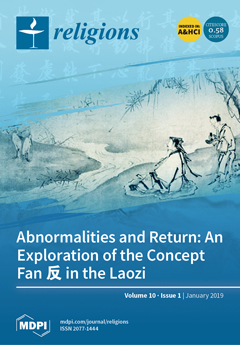Then is the designation in Vietnamese and Tày given to shamanic practitioners of the Tày ethnicity, who reside mainly in the northern provinces of Vietnam. Scholars are long aware that the predominantly female spirit mediums among the Zhuang in Guangxi, variously called
mehmoed or
mehgimq, had a ritual repertoire which included shamanic journeys up to the sky as their essential element. The ritual songs of the
mehmoed are orally transmitted, unlike the rituals of male religious practitioners in Guangxi such as Taoist priests, Ritual Masters, and
mogong, all of which are text-based. One was led rather easily to posit a dichotomy in which male performers had texts, and female performers had repertoires which were orally transmitted. This division also seemed to hold true for certain seasonal song genres, at least in Guangxi. For that matter, shamanic traditions cross-culturally are seen as predominantly or exclusively oral traditions. Recent research among the Tày-speaking communities in northern Vietnam has confounded this tidy picture. Religious practitioners among the Tày include the
Pt, who in many cases have texts which incorporate segments of shamanic sky journeys and may be either male or female; and the
Then, also both male and female, who have extensive repertoires of shamanic rituals which are performed and transmitted textually. The
Then have a performance style that is recognisably based on shamanic journeying, but elaborated as a form of art song, complete with instrumental accompaniment (two- or three-stringed lutes), ritual dances, and flamboyant costumes. Apart from individual performances, there are large-scale rituals conducted by as many as a dozen priests. The present paper gives an overview of the practices and rituals of the
Then, based on recent fieldwork in Vietnam and Guangxi, and discusses the implications these have for our conventional understandings of shamanism, literacy, gender, and the cultural geography of the border regions.
Full article





